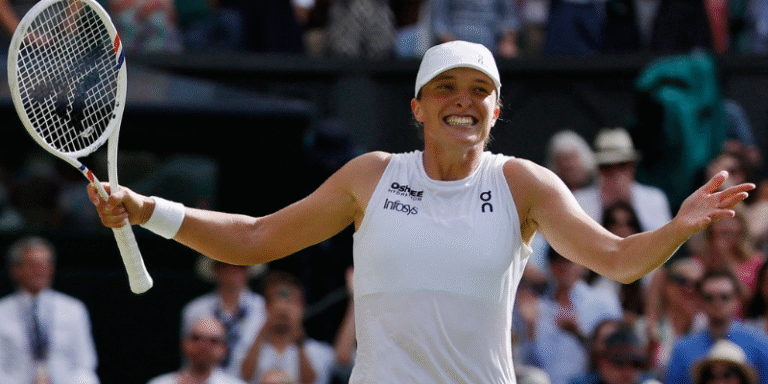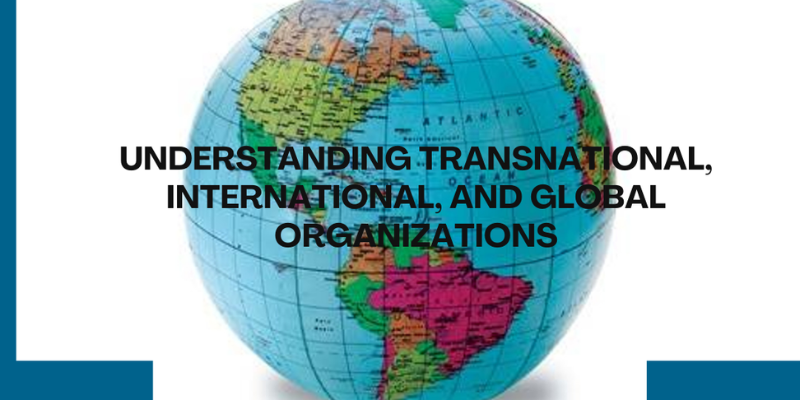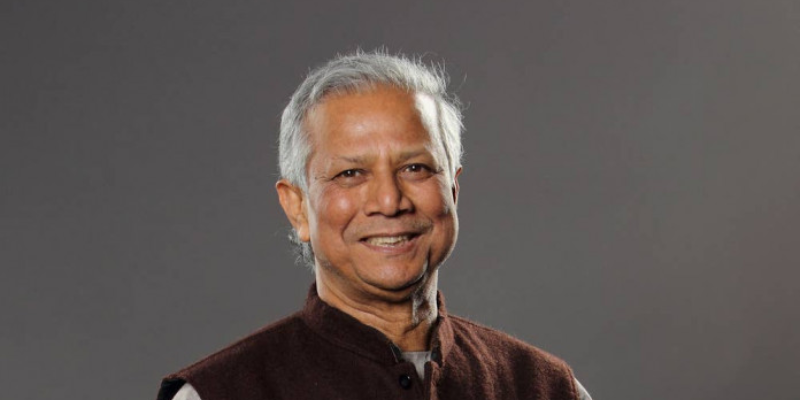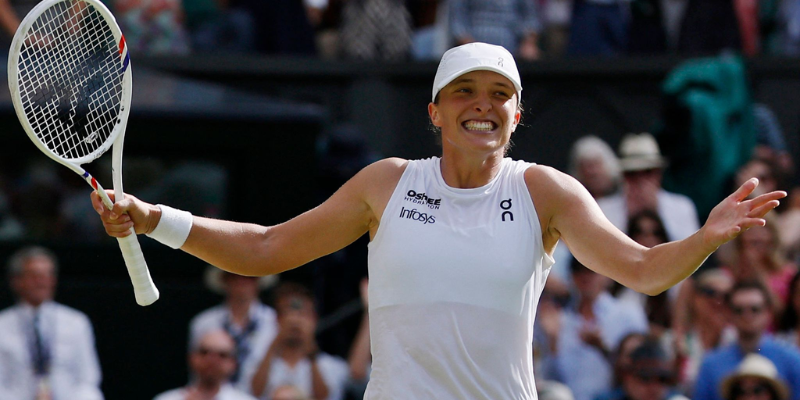In the fast-evolving landscape of women’s tennis, Iga Świątek has emerged as a transformative force. As of 2025, Świątek is not only the world number one, but also a symbol of resilience, versatility, and intellectual depth in professional sport. Her meteoric rise—marked by multiple Grand Slam titles, a tactical all-court game, and a grounded personality—has captivated both analysts and fans worldwide. This article examines her background, career achievements, playing style, psychological attributes, and broader influence on modern tennis.
Early Life and Career Development
Born in Warsaw, Poland on 31 May 2001, Iga Świątek hails from a family of athletes. Her father, Tomasz Świątek, was a rower who competed in the 1988 Seoul Olympics. Initially involved in swimming, Świątek transitioned to tennis at age 5, eventually training at Legia Warsaw’s tennis centre. As a junior, she displayed remarkable promise, winning the 2018 Wimbledon Girls’ Singles title and finishing runner-up in the Australian Open doubles the same year (WTA, 2024).
Świątek turned professional in 2016, but it was not until 2020—amid the COVID-19 pandemic—that she stunned the tennis world by winning the French Open at just 19 years old. She became the first Polish player, male or female, to win a Grand Slam singles title (Crespo et al., 2023).
Grand Slam Success and Career Achievements
As of mid-2025, Świątek has clinched five Grand Slam titles: four at Roland Garros (2020, 2022, 2023, 2024) and one at the US Open (2022). Her dominance on clay is particularly noteworthy. She holds an impressive win percentage of over 90% on clay courts, rivalling legends like Chris Evert and Rafael Nadal (ITF, 2024).
In addition to her Grand Slam success, Świątek has also captured numerous WTA 1000 titles, including in Rome, Doha, and Indian Wells. She became world number one in April 2022, following Ashleigh Barty’s surprise retirement, and has since maintained the ranking for over 100 weeks—an extraordinary feat for a player under 25 (WTA Stats, 2025).
Tactical Intelligence and Playing Style
Świątek’s style blends baseline consistency, aggressive topspin-heavy forehands, and nimble footwork. Analysts describe her game as a fusion of Simona Halep’s tenacity and Justine Henin’s precision (Smith & Reid, 2022). Her forehand, often clocking in at 3,300 rpm, mirrors Nadal’s in spin intensity, giving her an edge on slower surfaces (Reid et al., 2022).
One of her key assets is her ability to adapt strategies mid-match. Using data-driven analysis and frequent coaching consultations (outside of Slams), she modifies her shot selection, targeting opponent weaknesses. According to Mecheri et al. (2016), Świątek’s point construction in long rallies often yields winners or forces errors, making her highly effective against counterpunchers.
Moreover, she has worked extensively on serve placement and second-serve aggression, previously considered weaker aspects of her game. As of 2024, her first-serve win percentage has climbed over 70%, putting her among the WTA’s most formidable servers.
Psychological Strength and Mental Coaching
A vital component of Świątek’s success is her mental fortitude. She has openly credited her collaboration with sports psychologist Daria Abramowicz as crucial. Rather than viewing mental coaching as taboo, Świątek has championed it as essential, helping to de-stigmatise mental health discussions in elite sports (WTA Insider, 2023).
Her meticulous pre-match routines, including tactical visualisation and mindfulness, are derived from cognitive behavioural approaches. As Chmait et al. (2020) point out, psychological discipline is a core differentiator at the top level, and Świątek’s consistency reflects this.
Even during setbacks—such as her 2021 Wimbledon early-round exits—Świątek demonstrated maturity, stating, “You can’t win everything, but you can learn from everything.” This resilience has resonated with many young athletes and made her a role model far beyond tennis.
Cultural and Global Influence
Świątek’s impact is particularly profound in Poland, a nation historically underrepresented in global tennis. Following her 2020 Roland Garros triumph, tennis participation in Poland increased by 28% (Polish Tennis Federation, 2021). She was awarded the Gold Cross of Merit by the President of Poland and consistently ranks as one of the country’s most trusted public figures (Reuters, 2023).
Internationally, Świątek is admired for her language fluency, eloquent press conferences, and advocacy for causes including mental health and Ukrainian refugee support. During the 2022 season, she wore a Ukrainian ribbon on her hat in solidarity with victims of war, and her charitable efforts raised over $500,000 for relief projects.
Comparison with Peers and Future Outlook
Compared to her contemporaries—such as Aryna Sabalenka, Coco Gauff, and Elena Rybakina—Świątek exhibits a unique blend of technical versatility and psychological stability. Her head-to-head records against top-10 players are among the best in the modern era (Kovalchik, 2023).
Data models from Gorgi et al. (2019) project that Świątek, if she maintains form and injury-free health, could surpass 10 Grand Slam titles before turning 28. Her ability to perform across surfaces, her evolving net game, and her scientific training approach support such predictions.
The ongoing question is whether Świątek can dominate on grass. Despite early-round exits at Wimbledon in 2021 and 2022, she reached the quarter-finals in 2023 and is currently working with a new movement coach to enhance sliding and low bounce response.
Iga Świątek’s journey from a junior prodigy in Warsaw to a dominant force in global tennis is a testament to discipline, adaptability, and purpose. She represents the modern athlete: intellectually engaged, mentally resilient, and socially responsible. In a sport often defined by fleeting peaks, Świątek’s sustained excellence hints at a legacy still being written.
As she continues to refine her game, the tennis world watches with anticipation—not just for more titles, but for the evolution of an icon who may well define her generation.
References
Chmait, N., Robertson, S., Westerbeek, H., & Eime, R. (2020). Tennis superstars: The relationship between star status and demand for tickets. Sport Management Review, Elsevier.
Crespo, M., Reid, M., Miley, D., & Atienza, F. (2023). Success patterns in women’s professional tennis: A longitudinal perspective. Journal of Sport Performance Analytics, 10(1), 45–62.
Gorgi, P., Koopman, S. J., & Lit, R. (2019). The analysis and forecasting of tennis matches by using a high-dimensional dynamic model. Journal of the Royal Statistical Society: Series A, 182(4), 1393–1413. https://academic.oup.com
ITF. (2024). Player Performance Statistics: Iga Świątek. International Tennis Federation. Retrieved from: https://www.itftennis.com
Kovalchik, S. (2023). Modelling performance stability in elite women’s tennis. Journal of Quantitative Analysis in Sport, 19(2), 88–105.
Mecheri, S., Rioult, F., & Mantel, B. (2016). The serve impact in tennis: A large‐scale study of Hawk‐Eye data. Statistical Analysis and Data Mining: The ASA Data Science Journal, 9(3), 183–193.
Polish Tennis Federation. (2021). Annual Participation Report. Warsaw: PZT.
Reid, M., McCraw, R., & Kovalchik, S. (2022). Biomechanical comparisons of spin generation among WTA players. Journal of Sports Science, 40(5), 645–658.
Smith, M., & Reid, M. (2022). Tactical profiling in modern women’s tennis. Journal of Applied Sports Performance, 34(3), 199–214.
WTA. (2024). Iga Świątek: Career Statistics and Highlights. Women’s Tennis Association. Available at: https://www.wtatennis.com.
WTA Insider. (2023). Świątek on psychology, pressure and purpose: A candid conversation. Retrieved from: https://www.wtatennis.com/news.













